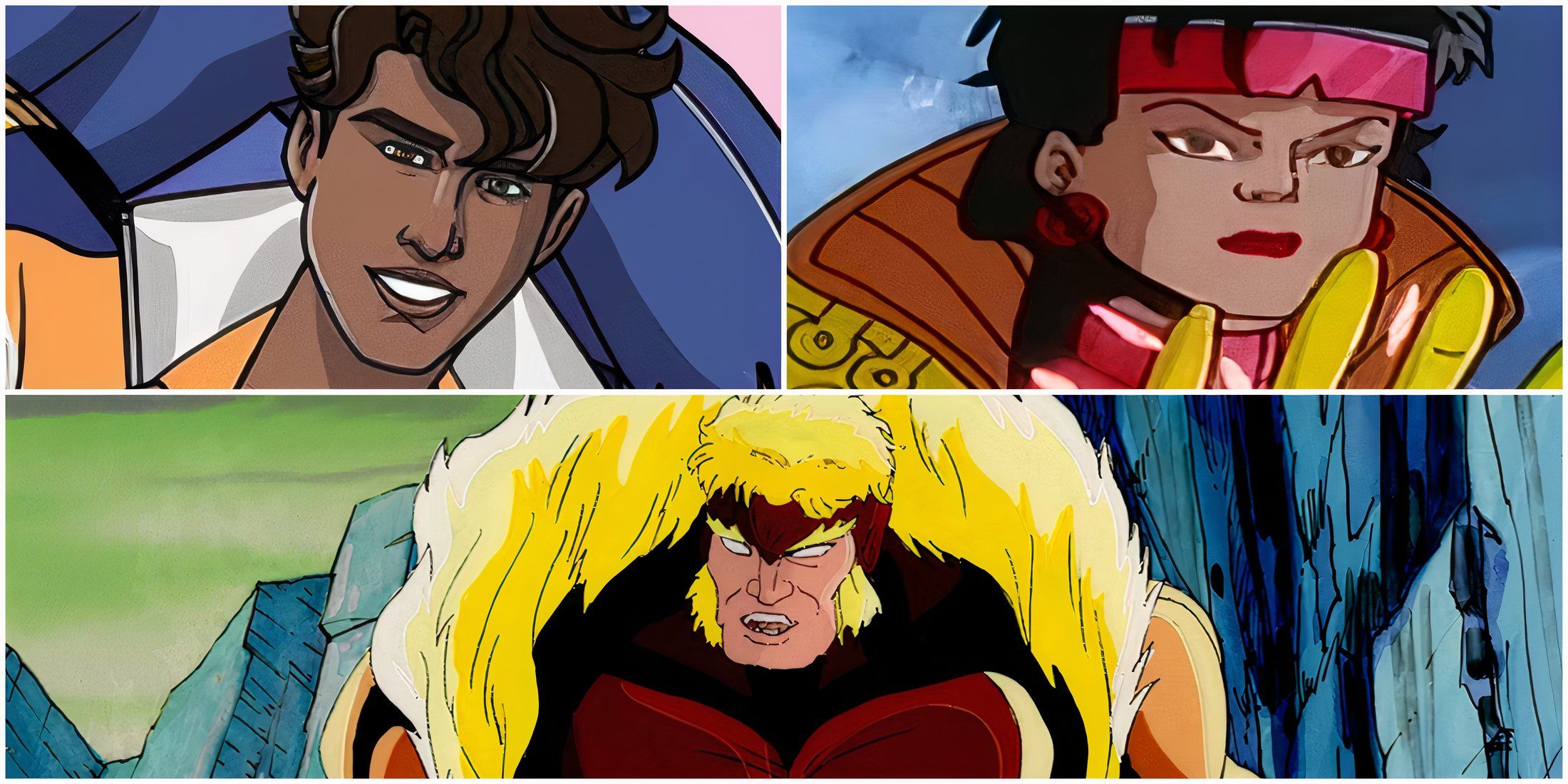
Marvel Animation made a bold move when they announced that they would be reviving X-Men: The Animated Series in the form of X-Men ’97. The first X-Men animated show aired in the early ’90s, between 1992 and 1997. This series was a hit with fans of the comics and also introduced a lot of new people to the iconic, mutant team. It also served as inspiration for the first live-action X-Men movies, which were instrumental in kicking off the comic book/superhero movie boom that followed.
X-Men ’97 was a strong follow-up series, and it did justice to the original characters from the ’90s cartoon. The first season landed on Disney+ to a big thumbs-up from viewers, and it is likely to continue having a positive trajectory. However, there are some things that the initial version of the show did much better than the new arrival.
5. Portraying The Mutant Rights Issue
The Debate About Mutants Living Among Humankind Is Pushed Out Of Focus

When viewers first start watching X-Men: The Animated Series, they are hit with a conundrum. The protagonists of the show are shown doing good and trying to help those around them, yet they are still depicted as the villains. All throughout the first five seasons of the show, many humans are shown protesting and pushing anti-mutant propaganda. This is something that comes directly from the comics and is a political allegory that many marginalized groups in the real world can identify with. It is also one of the aspects that makes the X-Men stand out from other superhero groups.
X-Men ’97 does show some of the tension between the human and mutant community, but it is pushed slightly into the background. The main story is far more concerned with depicting the schemes of both Magneto and Bastion. It is a shame, as the topic of mutant rights is one of the more important aspects of the original show and one of the reasons why so many viewers gravitated towards X-Men in the ’90s. There is still time to bring this element forward in the future, but the first iteration of the show put this debate at the forefront of viewers’ minds from the start.
4. Villains
Very Few X-Men Villains Show Up

In the first ten episodes of X-Men: The Animated Series, viewers are introduced to characters such as Magneto, Juggernaut, Sabertooth, Pyro, Avalanche, Mystique, and the sentinels. These are all great villains from the comics, and each one gets fully fleshed out in their first appearance. Showing all these villains also gives more dynamics to the X-Men team, as it proves to audiences that the team has bigger issues than how they look in the eyes of humanity. It is rare that one of these villains shows up without exploring their relationship with one of the existing characters.
The villains in X-Men ’97 are fantastic, and they are fully fleshed out versions of comic book characters. However, there are only two main antagonists that provide a challenge to the X-Men team throughout the first season. That is if viewers do not perceive Magneto as a villain. This approach works given the limited episode count of the series, and some former villains do pop up in background shots, but it would be nice if some more iconic enemies showed up to further their stories from the initial show.
3. POV Characters
Sunspot Is Not Given The Same Treatment As Jubilee

As with many sci-fi shows, X-Men: The Animated Series starts off by introducing viewers to a new character who is not familiar with how the universe of the series works. In X-Men, this character was Jubilee, a teenager who discovers she has mutant powers and then goes on to enroll as one of the X-Men. The new recruit then has everything explained to her, such as Xavier’s school, the human/mutant divide, and who the real enemies of the X-Men are. As such, she is supposed to be the audience surrogate for the show.
X-Men ’97 also starts things off by introducing a new POV character to the show in the form of Roberto De Costa/Sunspot, and it was a genius move to have Jubilee be the one to induct this new character into the team. However, many of Sunspot’s exposition scenes are rushed, so he doesn’t work as well as an audience surrogate. X-Men ’97 is supposed to be a continuation of the old series, but fans haven’t seen this version of the universe in almost thirty years.
2. Adapting Core Storylines
A Lot Of Key X-Men Stories Have Already Been Told

One of the main issues of dusting off X-Men: The Animated Series from the ’90s and giving fans a new series is the fact that this show has already aired for five seasons. During that time, it showcased many original stories featuring the mutant team while also adapting some of the most well-loved arcs from the comics, such as Days of Future Past, The Dark Phoenix Saga, and Age of Apocalypse. As a result, all these famous stories are off-limits for the writers of X-Men ’97, and the show has to feature new content.
This issue is most obvious in the fact that the first season of X-Men ’97 depicted Bastion as one of the main villains. He is a relatively unknown character from the comics that debuted in the ’90s and rarely features in many well-known arcs. All this creates a problem moving forward, and the writers now have to decide whether to start scraping the bottom of the barrel for new content to adapt or simply repeat things from the past. With Apocalypse being teased at the end of season one, the latter suggestion may become a reality.
1. Limited Episode Count
X-Men ’97 Only Had Ten Episodes

As with most of the Marvel shows that premiered on Disney+, X-Men ’97 featured a limited number of episodes, ten episodes to be exact. This made it easy for the platform to roll out one episode per week and keep fans talking about the show. However, it does mean that a lot of the stories had to be condensed into just ten, thirty-minute episodes. The show was able to tell one continuous arc in that time, but the pacing was a little abrupt. Fans were only just grappling with the reveal of Madelyn Prior and The Goblin Queen before that story was wrapped up.
X-Men: The Animated Series aired more than twenty episodes in a season, so some of the bigger stories were able to be told in multiple parts. The show could also implement smaller, single episodes to help fans appreciate some characters more. Many of the problems of X-Men ’97 seem to stem from this limited episode count. With Apocalypse on the horizon and more viewers sure to return for next season, one can only hope that this changes for the better.


